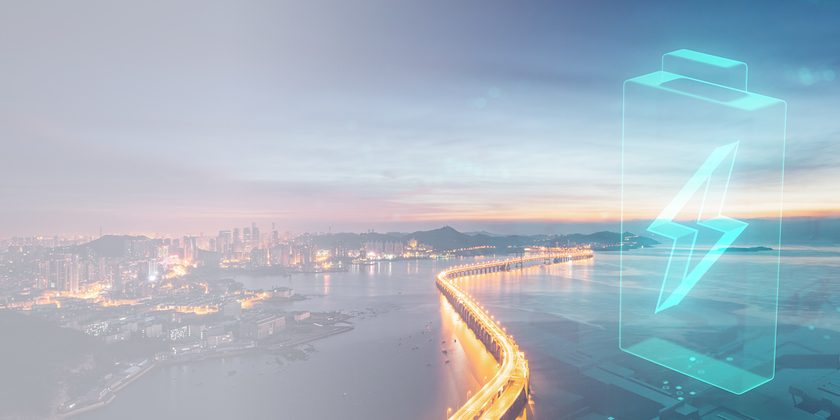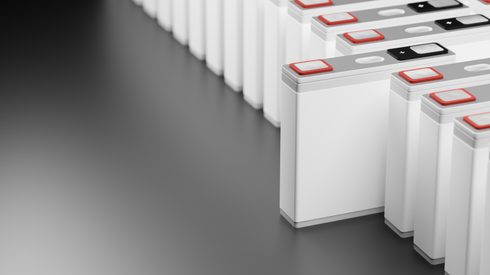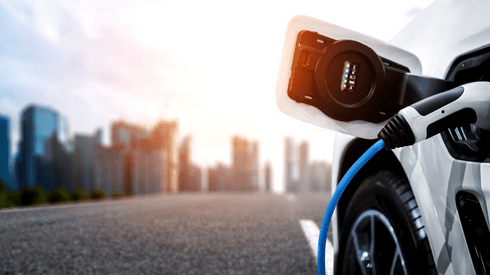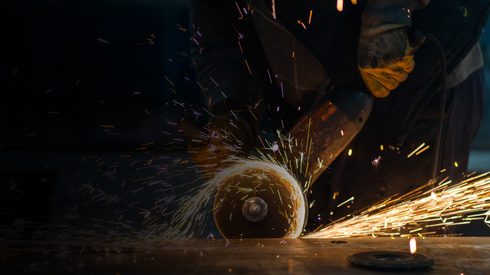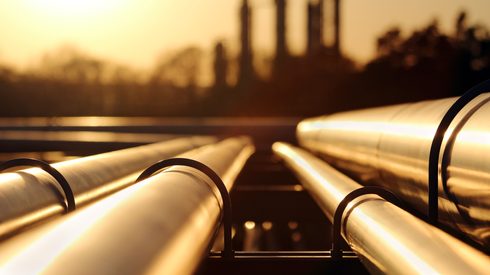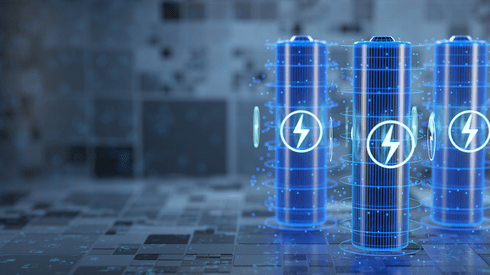The ECGA has launched a European strategic partnership to develop a sustainable and competitive supply chain for the domestic supply of carbon and graphite.
China currently dominates global production of anode-grade graphite, which is the most commonly used material in anodes for lithium-ion batteries, as well as in other applications.
“Europe is 100% dependent on Chinese anode material imports. China is 10-15 years ahead in the battery anode sector,” Stian Madshus, deputy chief executive officer of Vianode, said at the partnership’s launch on October 19.
One day later, China’s Ministry of Commerce and General Administration of Customs revealed it would temporarily implement dual-use item export license requirements on three synthetic graphite-related items and six natural graphite-related items from December 1.
“The announcement by the Chinese government to restrict exports will have certainly have an impact on Europe’s supply situation even more than was expected from rising demand, and not only on the battery grade,” Corina Hebestreit, secretary general of ECGA, told Fastmarkets on Tuesday October 24.
Graphite supply in Europe was already expected to remain reliant on imports, especially for synthetic graphite from China, before the country’s announcement.
“The latest action of China’s government to impose export controls on several synthetic and natural graphite products has exposed the vulnerability of EU’s ambitious energy transition targets due to its import dependency on Chinese graphite supply,” Georgi Georgiev, Fastmarkets research analyst, said on October 24.
Europe’s natural graphite supply will be able to meet less than 30% of projected graphite demand from the battery sector by 2033, according to Fastmarkets research. To meet increased demand, Europe will be reliant on imports from other regions for natural flake graphite, like Africa, or it will need to increase local synthetic graphite capacity to secure its supply.
“The creation of the European strategic partnership for a European sustainable advanced carbon and graphite supply chain will address the bottlenecks in supply for raw materials [for synthetic graphite] such as needle coke, coking coal and coal tar pitch as well as natural graphite from European deposits,” Hebestreit said.
The European strategic partnership is designed to address investment, permitting, technology and recycling issues with the goal to establish sustainable supply of at least 40% of natural and synthetic graphite supply to EU industries from EU sources.
“When supported by EU policy makers, [the partnership] will look at implementation of [environmental, social and governance] standards for imports. In the end, investments in Europe will have to be mobilized to address this challenge and the investment framework needs to be improved,” Hebestreit said. “We believe it can be done.”
The development of Europe’s own graphite sector requires easier access to investment, according to ECGA members speaking at the partnership launch.
“Synthetic graphite production is not only energy intensive but capital intensive as well. Companies will need funds to manage the green transition. A unified European approach is needed, rather than country by country, otherwise we will lose the synthetic graphite industry in Europe,” Eugen Hofer, managing director of Resonac Graphite Austria, said.
The EU has lagged behind the United States in its response to China’s dominance of the graphite supply market, according to Georgiev.
“With graphite demand only from batteries projected to reach almost half a million tones by 2030, the EU will need to stimulate investments in domestic capacity for both natural and synthetic graphite if it wants to guarantee a secured ecosystem to the European battery industry” he said.
Enthusiasm for investment in the European graphite sector has been dampened by low prices for graphite in the international battery market.
Fastmarkets’ weekly assessment for graphite spherical 99.95% C, 15 microns, fob China was $2,000-2,200 per tonne on October 19, down $1,000 per tonne from $3,000-3,200 per tonne on October 20, 2022.
Natural graphite prices have been held down by the availability of low-cost synthetic graphite produced in China.
ECGA members have called for the permitting processes in Europe to be made quicker and more efficient to allow new projects to come on line.
“Permits for the development of new mining sites have been taking a lot of time in Europe. In some countries, it might take two years before permits for exploration are received, without a single drill hole being made,” Rasmus Blomqvist, managing director of Grafintec, said.
“The critical raw materials act is supposed to bring European supply on stream earlier, but we will need much quicker permitting for synthetic graphite production,” Hebestreit told Fastmarkets before the launch.
Controls on exports of graphite are part of an ongoing “Battery War,” in which China has sought to assert its preeminent position in aspects of the energy transition.
Understand the dynamics of the graphite market
Keep up with the latest news, market intelligence and trends in the graphite market when you visit our dedicated graphite market page.
Get an in-depth, 10-year view into where and when graphite supply will come online with our graphite long-term forecast.

